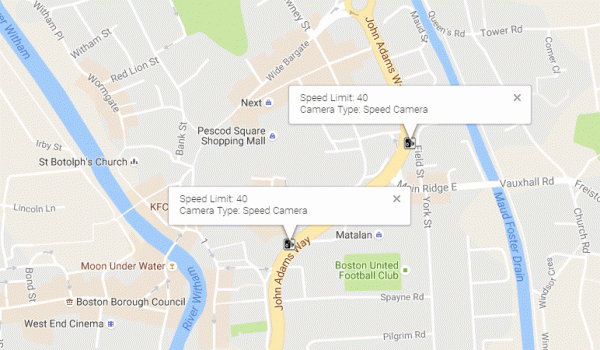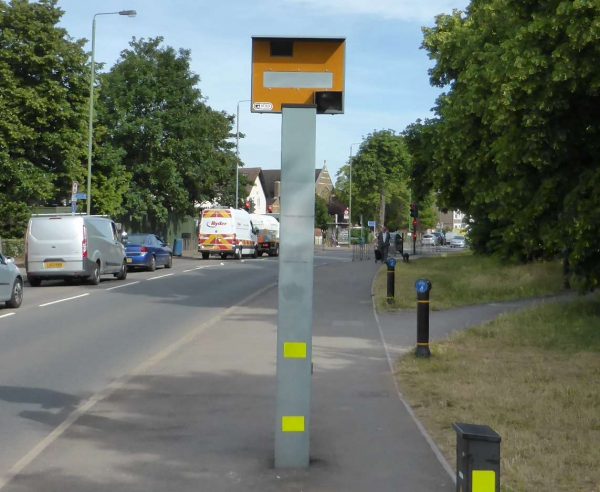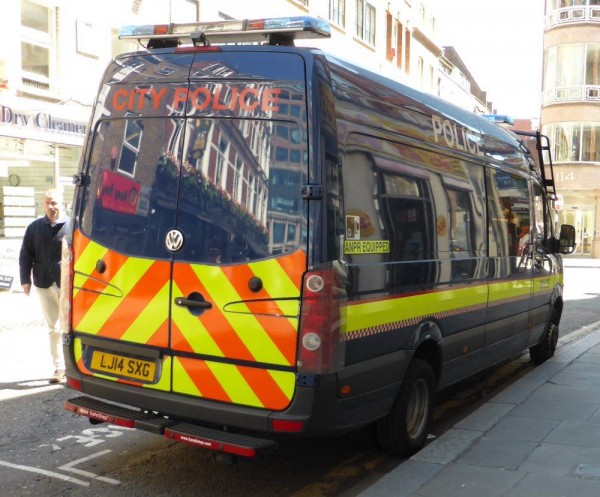Police use a mixture of static cameras, mobile cameras and speed detection within patrol cars therefore you could be caught at any time. However, there are published lists of speed camera locations in different areas of the UK which are provided by the government, such as this download of Manchester’s speed cameras which includes potential mobile camera locations, too, or local authorities such as Nottingham’s speed cameras.
The data is available on other websites, already rendered, such as on Drivesafe where you can see what type of camera it is and a photo of the actual camera.
Speed Camera Map provides a more interactive option where you can enter a specific location and it will show you where the cameras are.

Two speed cameras in Boston, Lincolnshire
Local newspapers sometime print list of where mobile cameras will be operating, such as this list in Somerset.
Newer cameras will also catch you if you are on your mobile phone or not wearing a seat belt. The latest Speedscope cameras have a 1000m range and record the time and date, vehicle’s speed and distance, vehicle’s direction and where the image was taken. This means that even though you know where a camera could be located, it could have seen you before you’ve seen it.

Gatso speed camera
How are camera locations chosen?
The police don’t decide where fixed cameras are placed. That falls to the Department for Transport, the Casualty Reduction Partnership and the Local Authority. They have a set of criteria which includes the average measured speed, and the incidence of accidents and injuries. In some locations, e.g. outside schools and hospitals, other speed calming measures are used and cameras are only installed as a last resort.
Mobile cameras are used in places that don’t meet the fixed camera criteria, or where it’s not possible to put a fixed camera.
Other types of camera on the roads are red light cameras and automatic number plate recognition cameras.

Automatic number plate recognition van in London
